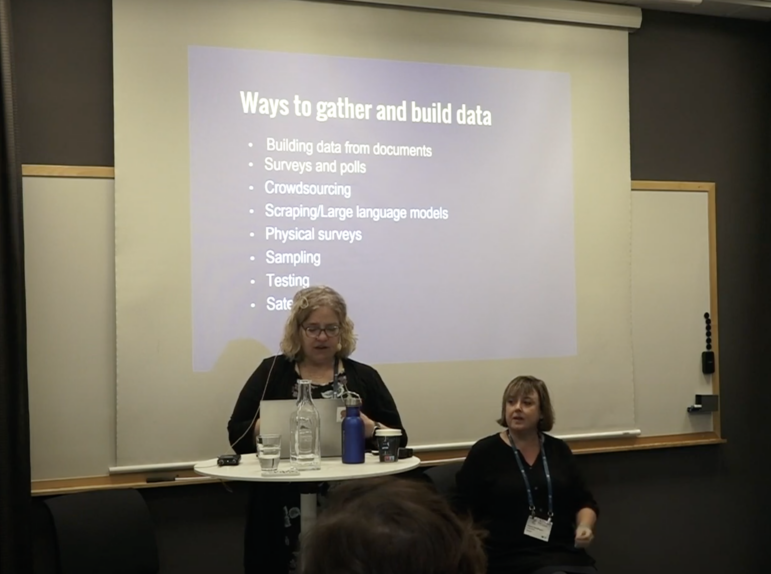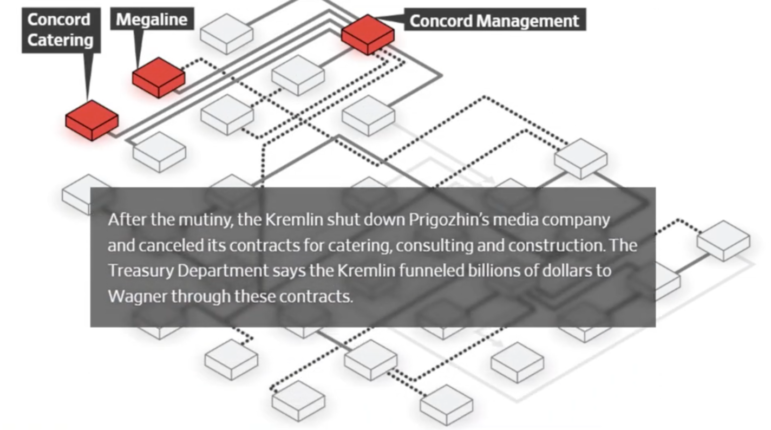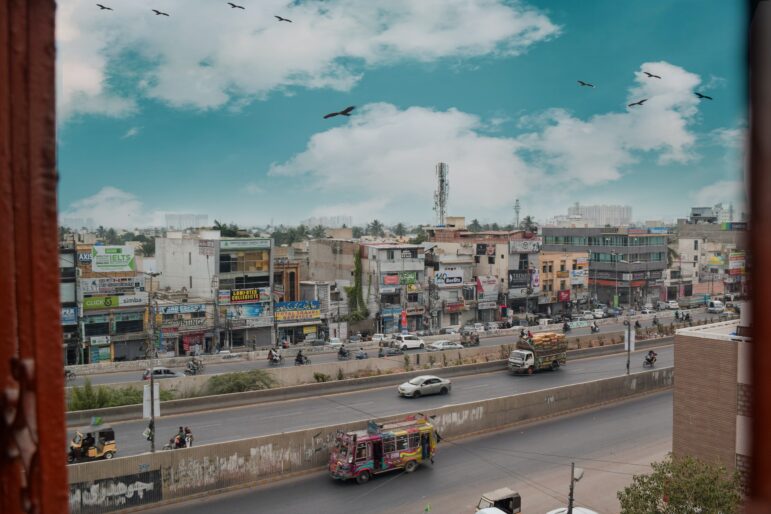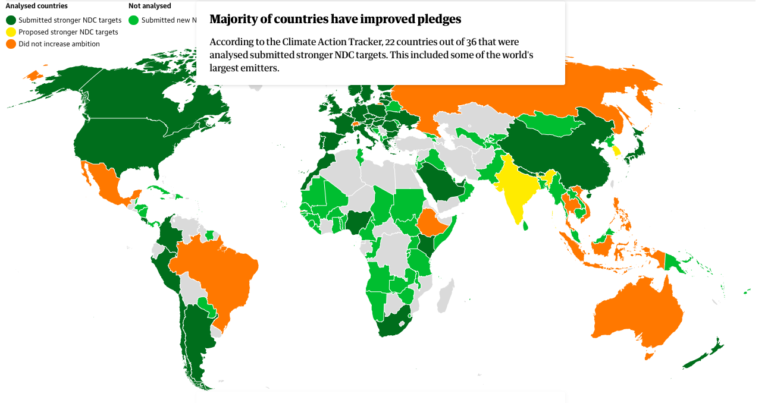
Data Journalism Reporting Tools & Tips
Best Practices for Working With Mass Shootings Data
There can be confusion among journalists about “mass shootings” data, which leads to wildly different numbers and deeper confusion among audiences.

There can be confusion among journalists about “mass shootings” data, which leads to wildly different numbers and deeper confusion among audiences.

The best of modern data journalism tells powerful stories that test assumptions. At GIJC23, two experts discussed strong recent investigations and what makes them stand out.

What do you do when you don’t get the dataset you need from authorities, or it doesn’t exist? Two experts provided tips at GIJC23.

Investigative projects are often likened to marathons. But, every now and then, watchdog reporters need to sprint. In a recent IRE23 conference session, experts shared tips on how to unearth background facts about little-known people on short notice.

GIJN’s weekly round-up of the Top 10 in Data Journalism looks at the Wagner Group’s vast corporate network in Russia, the many careers of Barbie, and Spain’s surprising election results.

At the Online Journalism Blog, data journalism expert Paul Bradshaw analyzed 100 pieces of data that journalists use and found that there are several common story angles.

Karachi is Pakistan’s largest city and financial capital, but it is also a place with the dubious reputation of being one of the most unlivable cities in the world. These challenges provide fertile ground for investigative reporting and some of the country’s best stories.

This week’s Top 10 Data Journalism stories curated by GIJN includes projects on Turkey’s toxic earthquake rubble, Eurovision song metrics, US migration from coastal cities, and world leaders’ heights.

Our weekly analysis of the most popular data journalism stories on Twitter highlights a story by the Financial Times into how Europe gets its natural gas and the geopolitics of this industry. In this edition, we also feature major investigations into poisonous air and underreported methane emissions by ProPublica and The Washington Post as well as eight must-read newsletters curated by DataJournalism.com.

After 80 panels and workshops — presented by 200 speakers and attended by close to 1700 editors and reporters from 148 countries — the 12th Global Investigative Journalism Conference closed with renewed resolve for innovative investigations, and a broad invitation to an in-person conference in Sydney in 2022.